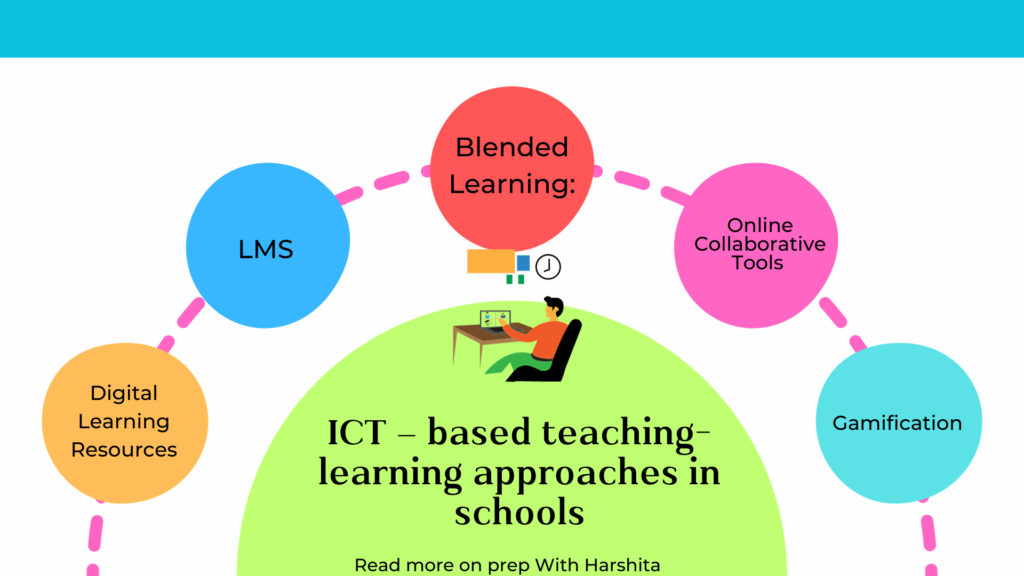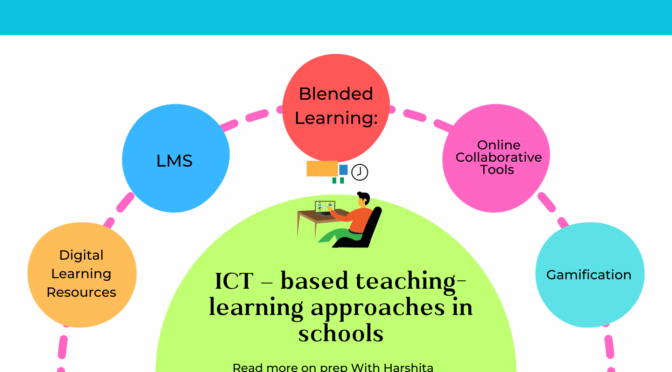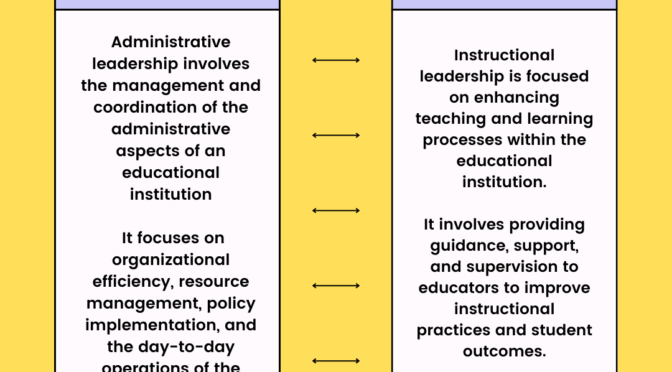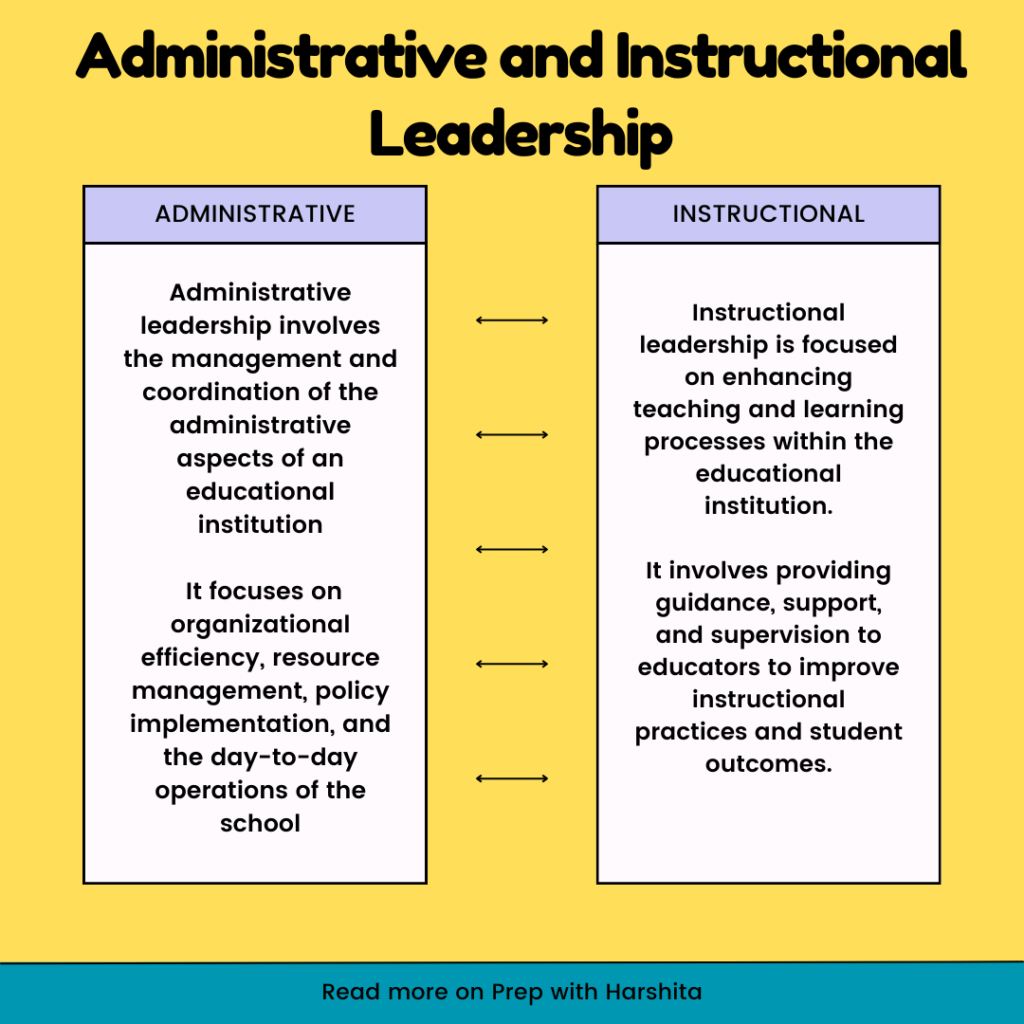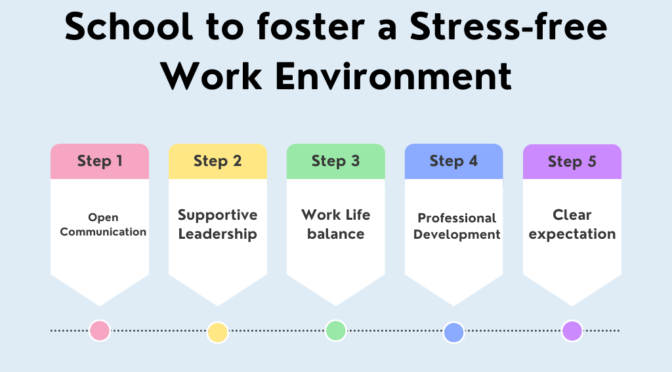Information and Communication Technology (ICT)-based teaching-learning approaches have become increasingly prevalent in schools, transforming traditional education methods. Here are several ways in which ICT is integrated into teaching and learning in schools:
Interactive Whiteboards and Smart Boards:
Interactive whiteboards allow teachers to create dynamic and interactive lessons. They can display multimedia content, annotate lessons, and engage students in interactive activities.
Digital Learning Resources:
Teachers can use a variety of digital resources, such as e-books, online articles, educational videos, and interactive simulations, to supplement traditional textbooks and provide diverse learning materials.
Online Learning Platforms and Learning Management Systems (LMS):
LMS platforms enable teachers to organize and deliver content, assign tasks, and track student progress. Students can access resources, submit assignments, and engage in discussions online.
Also Read : ICT in Education
Computer-Assisted Instruction (CAI):
CAI involves using computer programs and software to deliver instructional content. This can include interactive tutorials, drills, and educational games to reinforce concepts.
Blended Learning:
Blended learning combines traditional face-to-face instruction with online learning. Students may engage in online activities, discussions, or assessments outside of the classroom, allowing for a more personalized and flexible learning experience.
Flipped Classroom Model:
In a flipped classroom, students access instructional content online at home and engage in collaborative activities, discussions, and problem-solving in the classroom. This model allows for more personalized and active learning during class time.
Gamification:
Gamification involves incorporating game elements into the learning process to increase engagement and motivation. Educational games and quizzes can be used to reinforce concepts in a fun and interactive way.
E-assessment:
Digital assessment tools and online quizzes can streamline the assessment process, providing instant feedback to students and allowing teachers to track progress more efficiently.
Online Collaborative Tools:
Tools such as Google Workspace (formerly G Suite) or Microsoft 365 facilitate collaboration among students and teachers. They can work on shared documents, collaborate on projects, and communicate in real time.
Also Visit: Prep with Harshita
